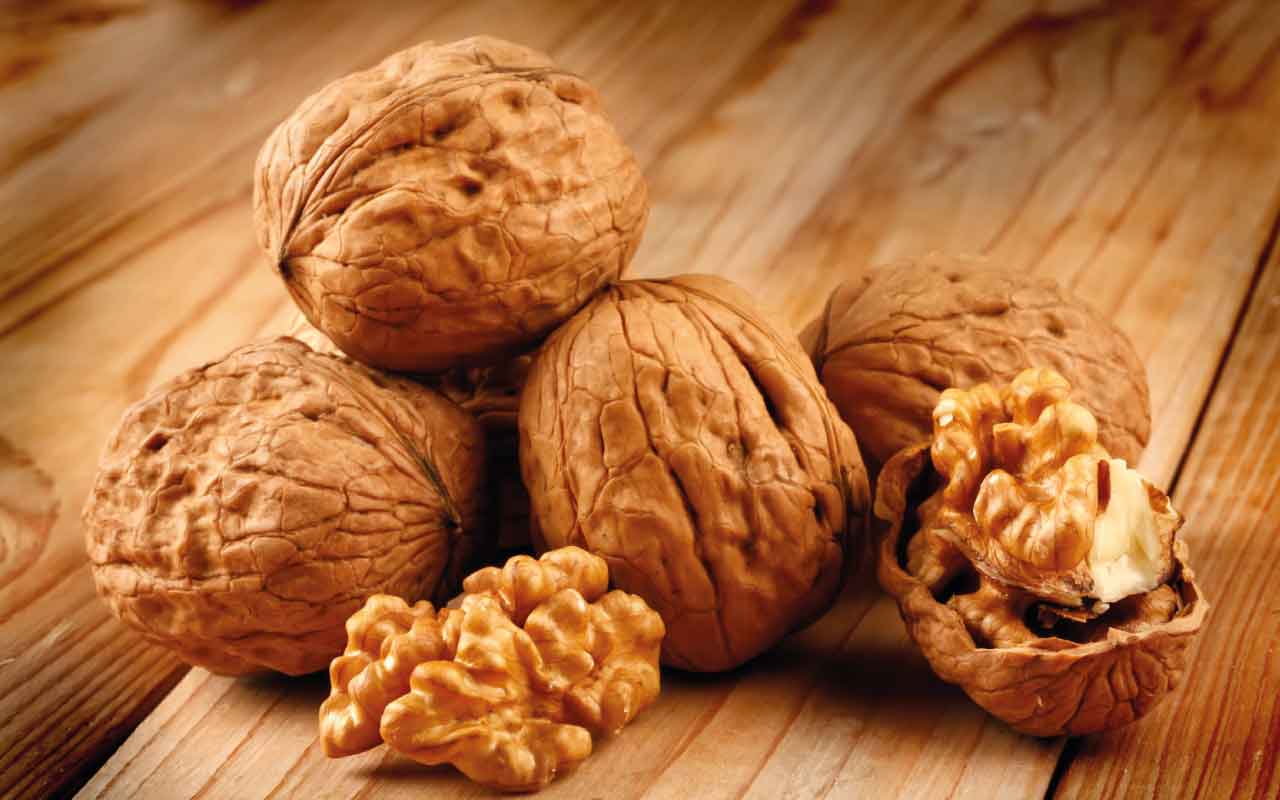According to experts, adding 3 nuts to each meal slows the rate at which carbohydrates turn into sugar thanks to the fiber that manages blood sugar levels. That said, have you ever wondered what the right time to eat walnuts is in order to lower the blood sugar level?
How to lower blood sugar with walnuts?
However, it is not the nuts themselves as we know them but their leaves that are a real panacea for the health of a diabetic person. The properties of walnut leaves can be gained by drinking their infusion about 3 times a day. To prepare it, you need 50 grams of walnut leaves and 50 grams of bean pods, then you have to boil everything for about 20 minutes, filter the mixture and drink the infusion. Beans serve to enhance the properties of walnut leaves. Both beans and walnut leaves are hypoglycemic in cases of diabetes 2, they contain polyphenols which are antioxidant and beneficial substances for the body.
Can anyone with high blood sugar eat walnuts?
As for walnuts themselves, they can be a good snack for people with diabetes as walnuts keep the blood glucose level, prevent heart disease and are also low calorie so they can be consumed too. as part of a weight loss diet. Walnuts are also a rich source of alpha-lipoic acid and therefore help reduce inflammatory agents linked to diabetes. Furthermore, among the most important properties of nuts for diabetics (and others) is their effect on the levels of bad cholesterol (LDL) in the blood. Lowering cholesterol levels reduces the risk of developing heart attacks, strokes and other diseases related to the blood system.
Which vegetable lowers blood sugar?
Among the vegetables capable of lowering the level of glucose in the blood, there is undoubtedly cabbage, which is therefore particularly recommended for diabetics. Cabbage is low in calories and high in fiber, vitamin A, vitamin C, and since it helps keep blood sugar in check, it also helps keep kidney function healthy. Containing carotenoids and flavonoids, with strong antioxidant properties, it prevents premature aging. It contains over 45 types of flavonoids, with quercetin in the first place. It is an excellent ally against hypertension and high blood pressure thanks to the presence of glutamic acid.
What cured meat can’t a diabetic take?
Research conducted by the Harvard School of Public Health has shown that half a pound of red meat a day transformed into sausages increases the risk of diabetes by 51%. The risk is 19% if you eat a pound of unprocessed red meat every day. Among the cured meats to avoid is cotechino because it is one of the fattest sausages.
Just think that a hectogram of cotechino contains:
- Calorie: 307 kcal.
- Cholesterol: 98 mg.
- Sodio: 875 mg.
- Total fat: 24.7 grams.
- Protein: 21.1 grams.
